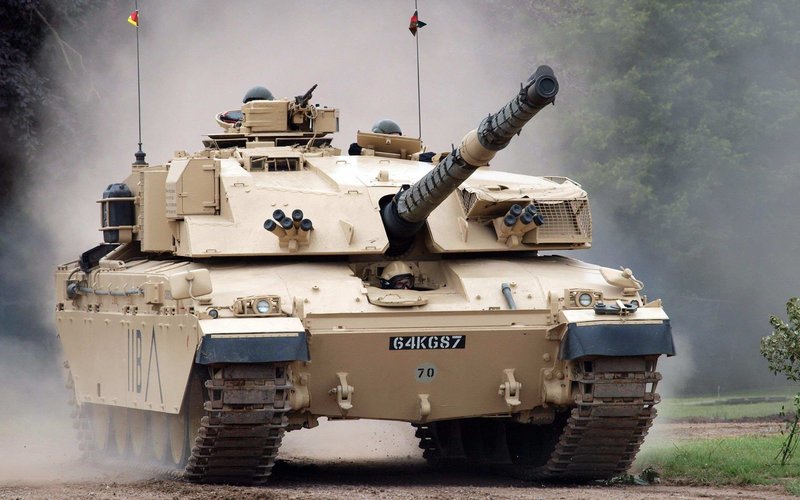
When it comes to choosing the right size, salinity, and temperature for your hawkfish, you’re not just following a recipe; you’re crafting a cozy little habitat that meets their unique needs. Whether you’re setting up a brand new aquarium or looking to enhance an existing one, understanding these requirements will help you keep your feathered friend happy. So, let’s dive in, shall we?
Understanding Hawkfish Size Requirements
First things first, the size of the tank is crucial for a hawkfish. These fish are known for their impressive personalities, and they can get a bit territorial if they feel cramped. A good rule of thumb is to provide a minimum tank size of about 30 gallons for a single hawkfish. This gives them enough room to swim and explore their environment without bumping into things—or other fish—too often.
If you’re thinking about keeping more than one hawkfish, larger tanks are a must. Each additional hawkfish usually requires an extra 10 to 15 gallons. Why? Because they can get a little feisty when they’re in close quarters. It’s like a crowded comedy club—everyone’s a little on edge, and not all acts go smoothly. So, aim for a 55-gallon tank or more if you plan to create a little community of hawkfish.
Salinity Levels for Healthy Hawkfish
Now let’s talk about salinity, which is the saltiness of the water in your tank. Hawkfish thrive in a specific range of salinity that mimics their natural habitat. The ideal salinity level is typically between 1.020 and 1.025 specific gravity. This may sound a bit technical, but it’s as simple as measuring the salt concentration to ensure your fish feel right at home.
To achieve this, you’ll want to use a reliable hydrometer. It’s like a thermometer, but instead of measuring temperature, it tells you how salty your water is. Make sure to regularly test the salinity, especially after water changes or if you add new salt to the tank. Just think about it: if you were suddenly dropped into a pool of pickle juice, you wouldn’t feel so great, right? Your hawkfish deserves better!
Temperature: A Must-Have for Comfort
Temperature is another key ingredient in your hawkfish’s happy home. The ideal water temperature for hawkfish floats between 72°F and 78°F (22°C to 26°C). Keeping the temperature stable is important, as drastic changes can stress your fish, and that’s the last thing you want.
Investing in a good aquarium heater and thermometer is a smart move. These tools will help maintain the right temperature and alert you if something is off. Picture it as wearing a cozy sweater versus a summer tank top—both have their place, but your hawkfish needs what’s just right for their comfort!
Water Quality: The Unsung Hero
You might be wondering why we haven’t talked more about water quality. After all, it’s a big deal! Keeping the water clean and well-filtered is vital for any fish, including hawkfish. They prefer high-quality water with low levels of ammonia and nitrites, so regular water changes are essential. Aim for about 10-20% water change weekly to keep everything sparkling clean.
It’s like giving your fish a fresh set of sheets every week. Plus, investing in a good filtration system helps keep toxins at bay—this means happier and healthier fish. Check your water parameters regularly, and don’t be afraid to ask your local fish store for help if you’re unsure. They can be a wealth of information!
Creating a Suitable Environment with Decor
A well-decorated tank isn’t just for looks; it’s also about providing safe hiding spots for your hawkfish. These fish love to perch on rocks and corals, so creating a layout with plenty of live rock and coral is beneficial. It’s like building a little playground for your fish, where they can feel secure and express their natural behaviors.
Just keep in mind that hawkfish can be territorial. So, the more space and the variety of hiding spots you provide, the less likely they’ll squabble over territory. If you’ve got multiple species, make sure you’ve got ample places for each fish to settle down. Think of it as having enough chairs at a family gathering—everyone gets a comfy spot!
Common Issues and How to Troubleshoot
Even with the best setup, you might face a few bumps on the road. Whether it’s fluctuating temperature, salinity issues, or aggression among tankmates, troubleshooting is a part of the fishkeeping journey. Keep an eye on the behavior of your hawkfish—if they seem stressed or aren’t eating as usual, it might be time to test the water parameters or adjust the tank setup.
Keep a simple checklist for regular maintenance: check water temperature, salinity, ammonia, and nitrite levels. If something seems off, don’t hesitate to take action. Think of it like catching a cold early—taking care of the issue quickly helps prevent bigger problems down the road.
Final Thoughts on Hawkfish Tank Requirements
Setting up the perfect tank for your hawkfish isn’t just about following a list; it’s about understanding their needs and creating an environment where they can thrive. From the right tank size to salinity balance, temperature, water quality, and safe hiding spots, each element plays a significant role in their health and happiness.
Remember, these little fish are not just pets; they’re living creatures that deserve the best care you can give them. So, roll up your sleeves, dive into the world of aquarium keeping, and enjoy the journey. Your hawkfish will thank you with their colorful antics and lively presence!

